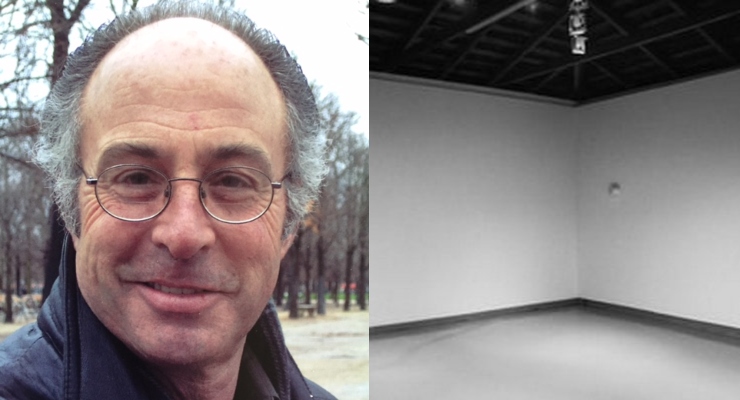
Far from the traditional sculptures behind ropes in a museum which needs to be looked at, an acoustic sculpture compels people to see with their ears.
For pioneering sound artist Michael Brewster, acoustic sculpture is an environment which people can experience, art history instructor Homer Charles Arnold said.
“An acoustic sculpture is a sound environment created by filling a space with a series of sonic tones, sound tones. It is not designed to be music, it’s not designed for melody. What happens is the sound, as it’s sort of bouncing around in space creates various sorts of acoustic phenomena.”
“And what Brewster wanted his audience or his visitors to do is to physically sort of move through the gallery space and listen for this different phenomena.”
Brewer’s career started in the 1960s. “Acoustic sculpture” is a term he coined to describe his larger works that use standing waves to create sonic fields.
“Sonic Drawing” is also a term Brewster coined to describe his other major body of works. These involve sounding devices that, when activated, make singular noises such as whistles or clicks.
He is known for free-standing installations, with no beginning or end. The experience is controlled by the viewer.
Arnold said Brewster began originally making outdoor installations with a series of flashing lights called flashers. He transitioned into sound before he graduated with his master of fine arts degree from Pomona College.
Arnold, who was a student of the late artist, said Brewster began to explore the concept of acoustic sculpture and building more complicated sound works after the latter built a sound studio on Navy street in Venice, which is very close to the ocean.
“He was an amateur engineer. He himself designed and built at least three separate pieces of hardware for his work,” added Arnold, as he explained that aside from flashers, Brewster himself was the one building the sound device and the pocket synthesizer called Multi for his works.
“[Multi] was a device that he could pre-program and then send to a gallery and the gallery, the person could hang it on the wall and turn it on and it would create the sound work because and there was a period in the seventies where Michael was traveling, he, I think he had 12 shows in about two or three months and that’s a lot.”
“He probably didn’t have the time or the energy to travel all over the world. So he came up with these little pieces of technology to go in his stead. And the multi is definitely a piece that did that.”
Aside from being a great artist and an amateur engineer, Arnold regards Brewster as a “great teacher.” He learned from the artist when he studied at Claremont Graduate University from 2002-2004.
“He didn’t talk about his work. He was very focused on his students and very focused on ensuring our success within the program,” he remarked.
Brewster passed away in June 2016 at age 69. To date, his works can be seen at the Museum of Contemporary Art in Los Angeles, the Guggenheim Museum in New York, the Orange County Museum of Art, the San Diego Museum of Contemporary Art, the Giuseppe Panza Collection and private collections.
Three of his sound installations are on permanent display in the Panza/FAI Villa in Varese, Italy.
Arnold will speak more about Brewster’s artistic journey and how he invented various technologies to create his works this August 13 and 14, at “Within Sound: The Acoustic Sculptures of Michael Brewster,” exhibit at Mount Wilson Observatory.
After his talk, a reception with the curators will be held outside the 100-inch dome featuring Brewster’s works.
For more information regarding the event, visit: https://www.mtwilson.edu/arts-the-observatory/brewster/






